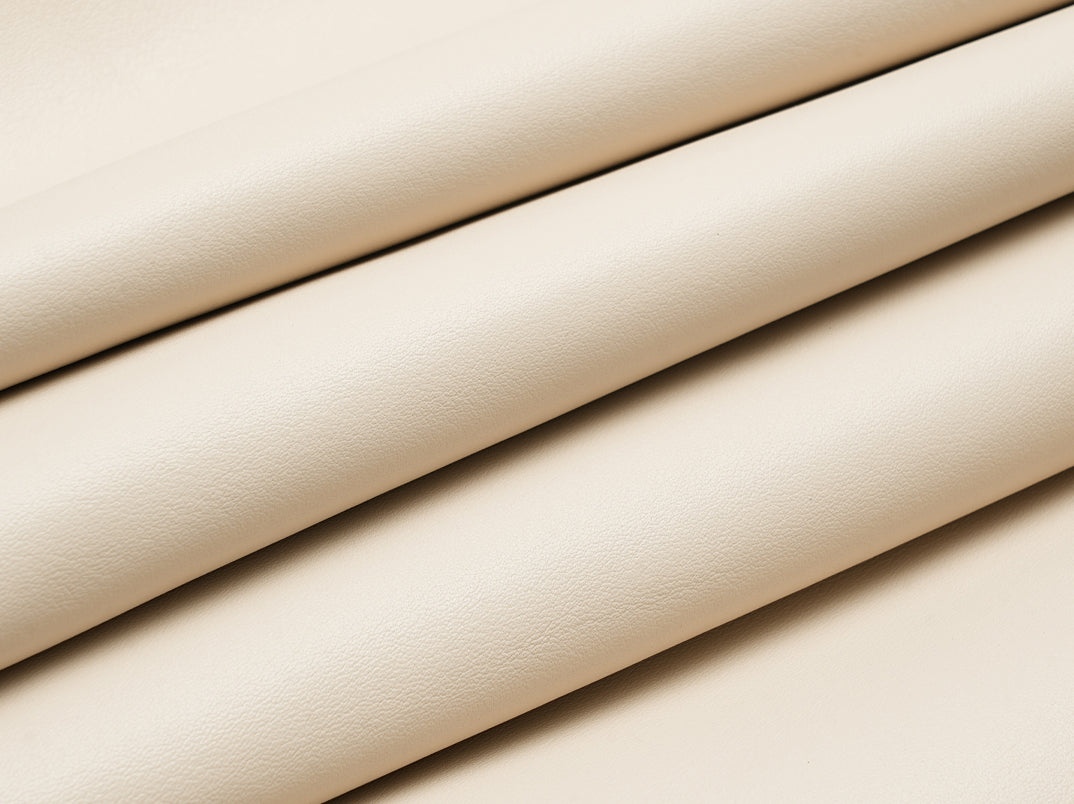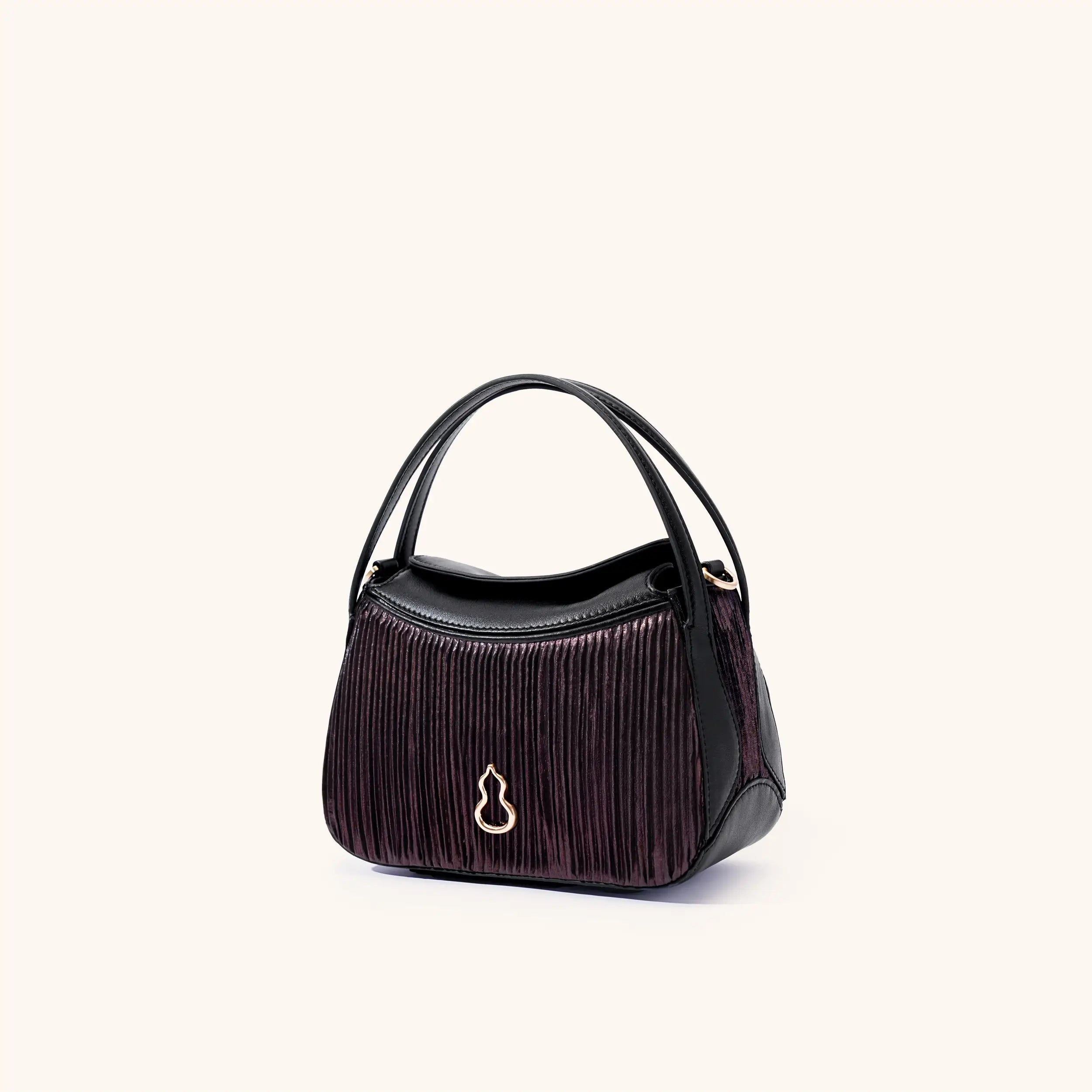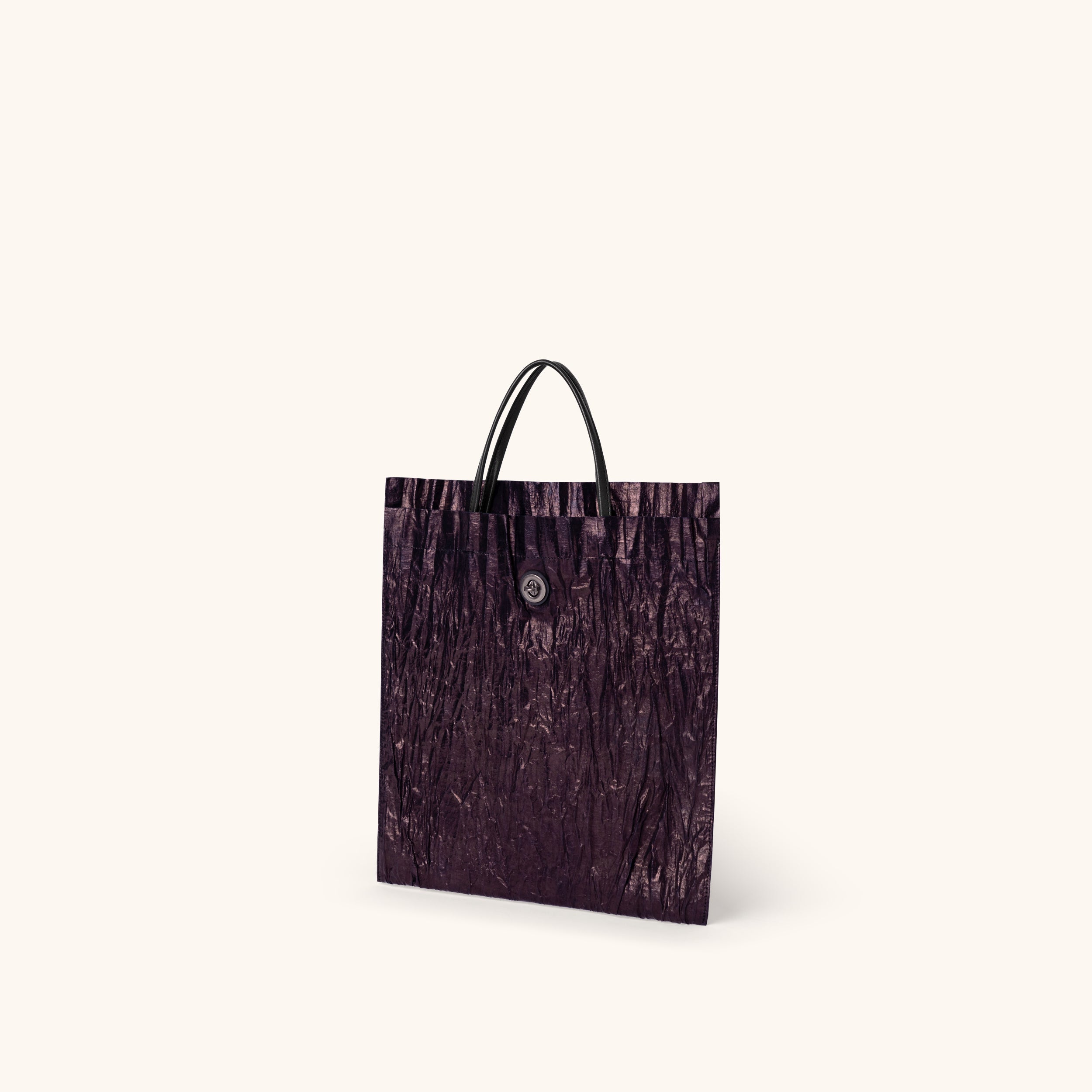Dong Cloth Skirt-Inspired Shoulder Bag
Soft Well Structured

You deserve excellence. That is why we craft this leather from the world’s most premium full-grain calfskin—so you can carry a bag that reflects your discernment.
Exceptionally soft, lightweight, and breathable, it feels like a second skin yet is remarkably durable. It folds effortlessly for travel and always bounces back to its perfect shape.
Each piece retains the hide's natural markings and subtle scent, ensuring your bag is uniquely yours. This is more than just material; it is our commitment to giving you the best.

Own a piece of cultural artistry. This exclusive texture is born from the ancient wisdom of Dong cloth, where traditional hand-kneading and repeated hammering techniques are reinvented on premium leather by skilled artisans.
Rather than simply replicating the traditional craft, we reinterpret its essence into a modern, accessible form, allowing more people to experience the beauty of intangible cultural heritage through everyday elegance.

Durable Vegetable-Tanned Cowhide
Embrace a leather that becomes uniquely yours over time. Tanned with natural plant oils and dyed with botanical extracts—such as plant ash and fruit peels—it reveals warm, earth-inspired tones and a subtle organic aroma.
This mindful process, rooted in natural dyeing traditions, avoids synthetic dyes and develops a rich, personal patina. The resulting leather is sturdy, supple, and ages with grace—perfect for those who value authenticity and sustainable style.
What is Dong?
Dong is an ethnic tribe in the southern China from 2000 years ago, and on a discovery trip we found this Tribe and their handmade fabrics.
How we discover Dong cloth
During a research trip to Guizhou, China, our design team first encountered Dong cloth at a quiet village in the mountains. We were immediately drawn to its soft texture, subtle blue-violet sheen, and quiet elegance—distinguished from anything we’d seen before. As we learned more from the local artisans, what truly amazed us was the story behind it: a craft rooted in nature, shaped by patience, and passed down through generations.
Captivated by its spirit, we chose to stay. We lived alongside the artisans, listened to their stories, and watched their hands bring the cloth to life. But transforming Dong cloth into modern handbags wasn’t easy. There was no roadmap. It took nearly a decade of experimenting—refining materials, adjusting shapes, improving durability and water-resistance—before we created a bag that could meet today’s needs without losing its original charm.
What you see in our Dong Collection is the result of that journey. Each piece carries the legacy of a people, the touch of a hand, and the love we’ve poured into this timeless art form. We hope you’ll feel that connection too.
What makes Dong cloth special
Dong cloth is a rare and precious handmade textile from the Dong ethnic minority in Guizhou, China. For generations, Dong women have passed down this craft, which uses only natural materials—cotton grown in the fields, hand-spun thread, plant-based dyes, and traditional weaving methods. Each piece takes months to complete, and even with great effort, a village can produce only 100 to 200 meters a year.
What makes Dong cloth truly exceptional is not just its scarcity, but its character. It carries a unique deep blue-violet sheen that seems to glow gently with time, a look that can’t be replicated by machines. It’s soft yet strong, natural yet refined, rooted in heritage yet timeless in style.
Make the heritage live forever
What’s the best way to keep a beautiful heritage alive? Is it simply through donations, or by helping the community thrive in a sustainable way? In China, there’s a saying: " Give a man a fish, and you feed him for a day. Teach him to fish, and you feed him for a lifetime. " That’s why we chose the second path.
At Bampo, we work hand-in-hand with the Dong tribe, whose centuries-old craft of making Dong cloth is truly extraordinary. We purchase their handmade fabrics at fair prices and provide training in handbag design and embroidery. This helps artisans blend their traditional skills with today’s fashion trends — allowing them to stay in their hometowns, support their families, and earn a dignified, sustainable income.
Today, more than 20,000 people in the Dong community are involved in creating Dong cloth for Bampo. Every time you choose a handbag from our Dong Collection, you're not just carrying a beautiful piece of heritage — you're also supporting local artisans through the Bampo Folk Art Foundation, which donates a portion of proceeds back to the community.
Together, we’re not just preserving tradition — we’re helping it flourish.






